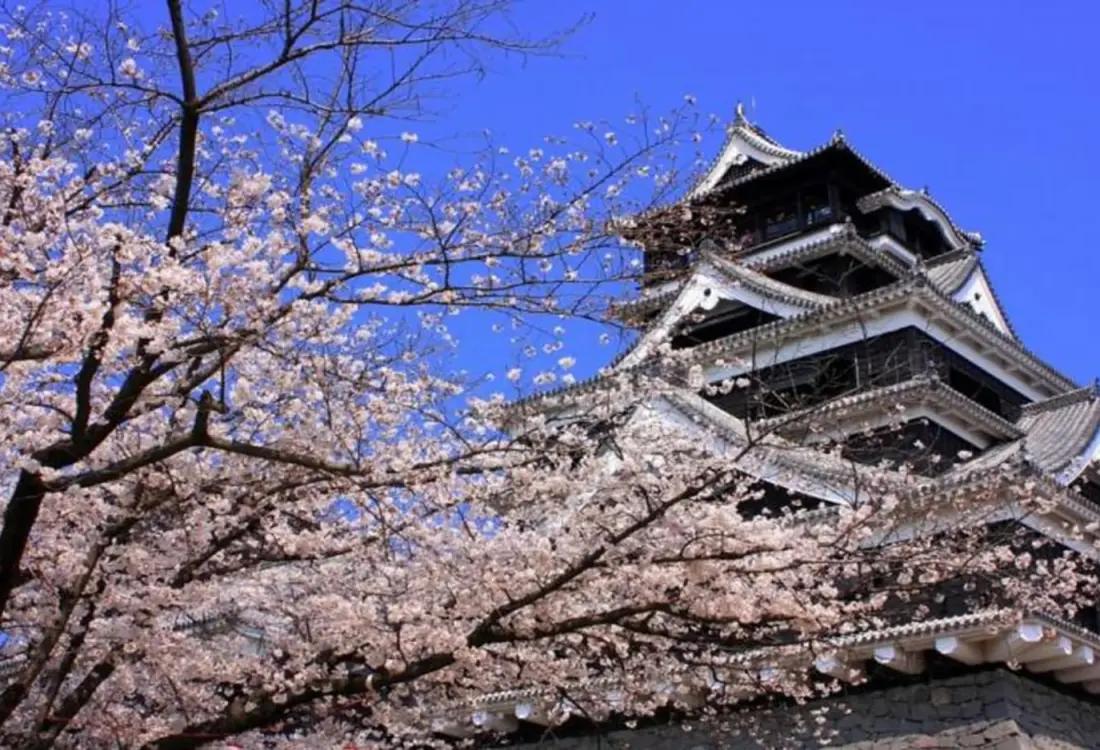
Welcome
to Kyushu
An introduction to Japan's third largest and most southwesterly island – famous for hot springs, picturesque nature, glorious cuisine and fascinating history
Beyond Tokyo's urban landscape and Kyoto's teeming temples and shrines lies Japan's hidden gem of Kyushu. The gateway to Japan and Asia, Kyushu is a Zen-filled haven complete with hot springs, fresh cuisine, lush nature and welcoming, friendly locals.
The early center of Japanese civilization, much of Japan's history and mythology originated in Kyushu, and as such the cultural offerings of “the Rome of Japan" are a unique blend of traditional Japanese and foreign influence.
From the multicultural metropolis of Fukuoka to the cherry-blossom adorned slopes of Kumamoto Castle, and from the shores of the smoldering volcanic island of Sakurajima to the rejuvenating hot springs of Beppu, the “Land of Fire" is a vibrant oasis ready to be discovered.

Fukuoka city is the main gateway to Kyushu. Arrive in less than 2.5 hours by shinkansen from Kyoto and Osaka. Direct flights to Fukuoka are available from Tokyo and other major cities in Japan and Asia. Once on the island, the extensive system of trains and buses makes traveling convenient and the must-see sights accessible. Several scenic rail lines offer amazing views of the picturesque landscape. The Yufuin-no-Mori line provides a lovely ride from Fukuoka to the hot springs town of Yufuin. As you pass over the Chikugo River in the yellow trains of the JR Kyudai Line you can witness the surrounding mountains and nature. Wherever you are headed, be sure to check the train routes ahead of time to plan the perfect route.

Blessed with subtropical climate, rolling mountains and seaside cliffs, the natural beauty of Kyushu is simply breathtaking. From powerful waterfalls to serene forests to volatile volcanoes, even the most ardent city dwellers will be impressed. The awe-inspiring adventure starts with Kyushu's active volcanoes. Mount Unzen is a short bus ride from Nagasaki while Sakurajima dominates Kagoshima's landscape. Kyushu's most famous crater is Mount Aso. Though off-limits due to recent activity, take a helicopter flight to witness the volcano's awesomeness. Further in the highlands is the amazing Takachiho gorge, formed by Mount Aso's lava flow, and featuring the beautiful Manai Waterfall. Head to the east side of the island where the Nichinan Coast offers panoramic coastal views, as well as the palm-forest island of Aoshima and the Teruha suspension bridge, one of the highest in the world.
The southern island of Yakushima, the tropical forest paradise made famous by anime director Hayao Miyazaki's Princess Mononoke, is a must-see for any nature lover.

Awe-inspiring volcanoes aren't the only natural wonder created by Kyushu's volatile tectonic plates. Travelers from around the world descend upon Kyushu for its rejuvenating, therapeutic and stunning hot springs. Beppu Onsen Village garners the headlines, and with good reason, as the quaint resort is littered with modern hot spring accommodations and traditional public bathhouses. However, Beppu's most famous hot springs are its jigoku, or “hells," which are incredibly hot, sulfurous mud pools emitting bubbles in vivid colors (not for bathing!). Nearby Yufuin Onsen is dotted with highly ranked hot springs accommodations as well as boutique shops and restaurants. Be sure to catch sunrise at nearby Lake Kinrin, whose morning mist is powered by underground thermal energy. Ibusuki, on the southern tip of Kagoshima, is famous for its full-body sand baths. The modern Hot Foot 105 in Nagasaki prefecture is the longest foot bath in Japan and offers beautiful sunset views. Meanwhile the legend of the 1,300-year-old onsen village of Tamana in Kumamoto prefecture claims the waters offer miraculous healing ability. For history buffs, it is said the deified empress Jingu bathed at 1,200-year-old Takeo Onsen on her way back from a military invasion of Korea.

Visitors can see the Chinese, Korean and European cultural integration throughout Kyushu. The historic center for international relations, and one of the few ports open to foreign traders during Japan's period of isolation, many of the cultural aspects, from art to food, that are pervasive throughout Japan originated at Kyushu. Artists at the pottery towns of Arita and Imari have produced Korean-influenced ceramics, with traditional Japanese style, for centuries. Ruins at Yoshinogari History Park date back to the third century, and feature settlements built at the end of the Yayoi period when Chinese farmers converted Japan from hunter-gatherers to an agriculture-based society. At Shikanoshima Island in Fukuoka visitors can see the Gold Seal that Chinese Emperor Guangwu presented to a local monarch during the same period. Nagasaki is known for its European architecture and Christian landmarks, as it was only city where foreigners were tolerated until the Meiji Restoration. Dejima is the location of a fascinating Dutch trading station, while the Glover Garden area is famous for its preserved residential architecture. The reconstructed Urakami Cathedral and the Oura Catholic Church serve as symbols of Nagasaki's turbulent history. Foodies can also find some of Japan's best ramen at Nagasaki's Chinatown.

Gastronomic-focused travelers from around the world pinpoint Kyushu on their maps for fresh seafood, mouthwatering noodles and locally sourced cuisine that won't break the bank. Throughout Kyushu's fine-dining restaurants and famous street vendors visitors dine on diverse offerings from modern culinary creations to simple morsels handmade using centuries-old techniques. Hit up the Fukuoka's famous yatai food stalls for their signature pork-based ramen or head to Nagasaki and dare yourself to try the notorious blowfish. Saga beef, on par with Kobe beef in terms of marbling and tenderness, will melt in your mouth. For eye-popping grapes, apples, pears and more, Asakura city and other farming communities offer seasonal tastings of flavor-packed fruit. Kyushu's seafood is the main draw, so whether enjoying the mackerel in Oita, the bonito in Miyazaki or the yellowtail in Kagoshima, be assured that what you are tasting is the best in Japan, and possibly the world.

It is said the face of Kyushu changes for every season, and perhaps the island shows its best side during spring and autumn. In late March and early April the whole of Japan is awash in its famous cherry blossoms, and Kyushu is no different. Nishi Park in Fukuoka City comes alive with over 3,000 cherry trees representing multiple varieties. Shrine maidens at Tashiro Park in Saga prefecture put on a traditional dance under the cherry blossoms. Omura Park in Nagasaki prefecture was built over the dried moat of castle ruins and filled with 300 cherry trees. The sacred cherry blossom of Heike is located at the top of Mount Tenboko overlooking the Kanamegawa river, the site of the final battle between two warring clans. It is believed the tree harbors the souls of the defeated Heike clan. Perhaps Kyushu's most famous cherry blossom viewing location is Kumamoto Castle. The view from the top of the main tower is spectacular, and the trees are lit up after sunset, making it the perfect night-time picnic spot. In the fall months stroll along the walking paths of Mount Kiyomizu, located between Fukuoka and Kumamoto, when the maple leaves are especially beautiful. Kunenan Mansion in Saga Prefecture, the former retreat of a local businessman, is open to the public for only nine days in November – the best season for autumn leaves. Kuju Flower Park, nestled in the gorgeous mountain scenery, is in full bloom no matter the season, featuring tulips in spring, lavender in summer and cosmos in fall.
Whether it's flowers, food or scenery, every season in Kyushu is a full bouquet of culture, entertainment and wonder. Perhaps just as significant, the sites and restaurants are affordable, and won't be inundated with fellow tourists.


Nick Narigon
Nick is a Tokyo-based journalist with more than a decade of professional experience working for newspapers and magazines in America and Japan. He enjoys exploring all Japan has to offer with his wife and two sons.
 Enjoy The Relaxing Nature And Intriguing History Of Unesco World Heritage Amakusa
Enjoy The Relaxing Nature And Intriguing History Of Unesco World Heritage Amakusa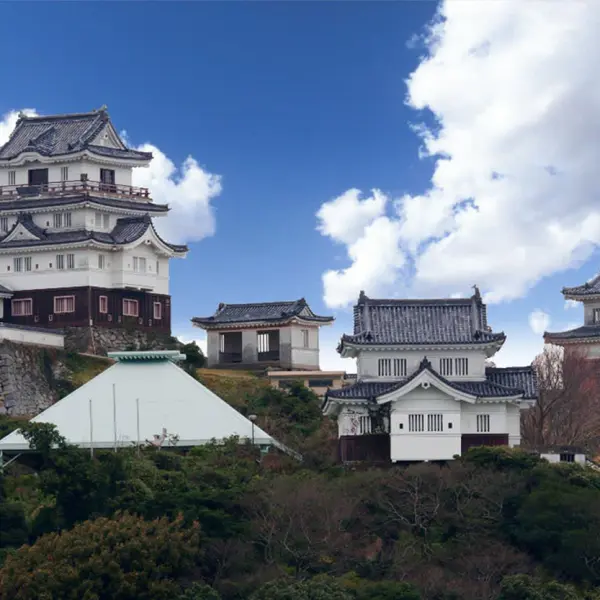 Hirado Castle Stay
Hirado Castle Stay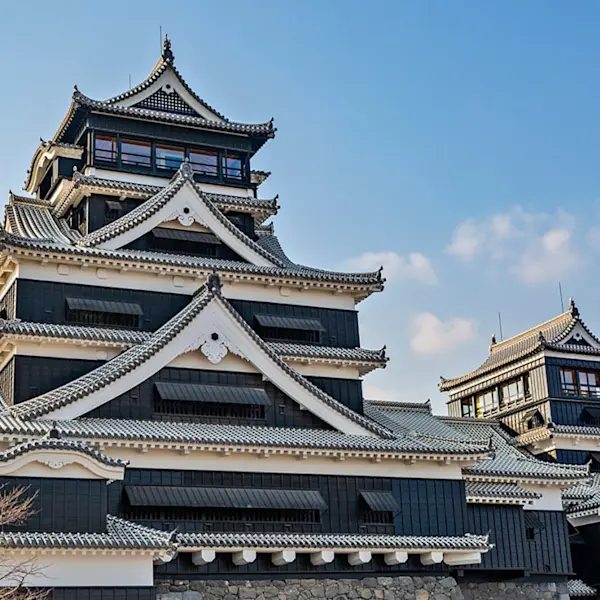 Kumamoto Castle: Exploring the History
Kumamoto Castle: Exploring the History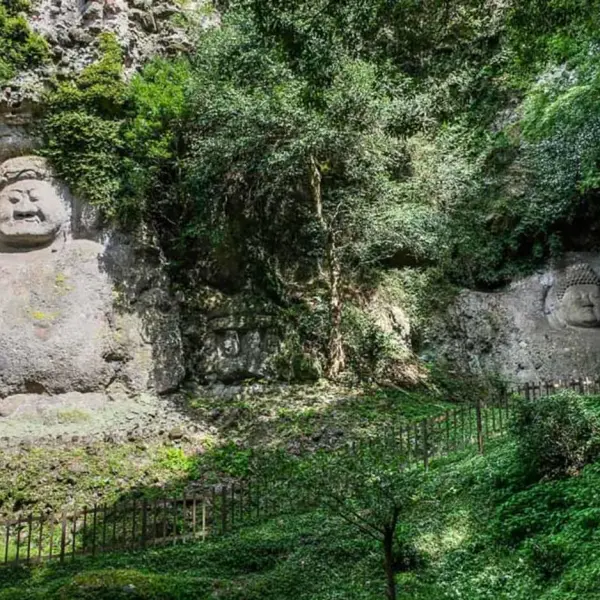 The Spiritual Trek of Kunisaki’s Rokugo Manzan Temples and Sites
The Spiritual Trek of Kunisaki’s Rokugo Manzan Temples and Sites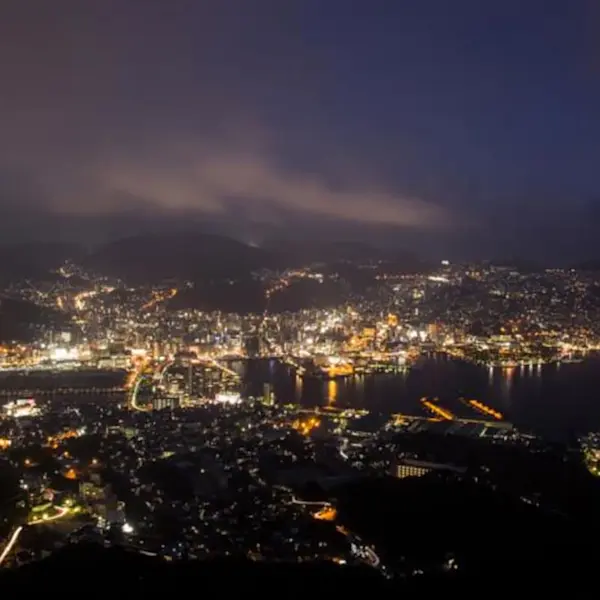 Trade, War and Religion: The Many Faces of Nagasaki City
Trade, War and Religion: The Many Faces of Nagasaki City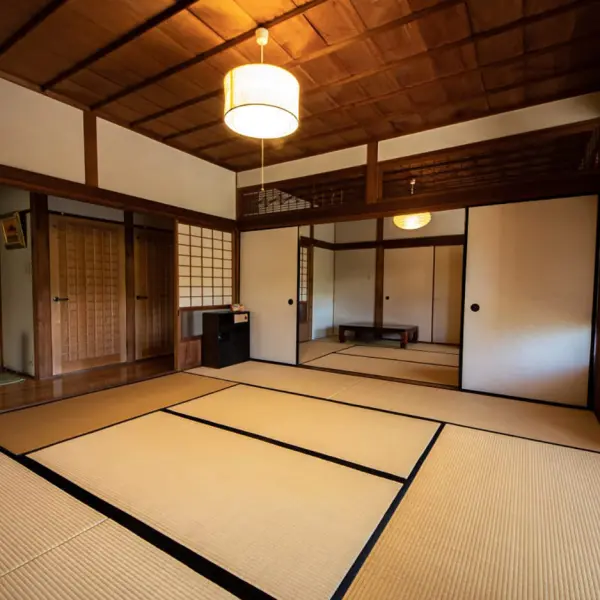 Exploring Obi Castle
Exploring Obi Castle Kitakyushu Highlights: Kokura Castle and Kawachi Wisteria Garden
Kitakyushu Highlights: Kokura Castle and Kawachi Wisteria Garden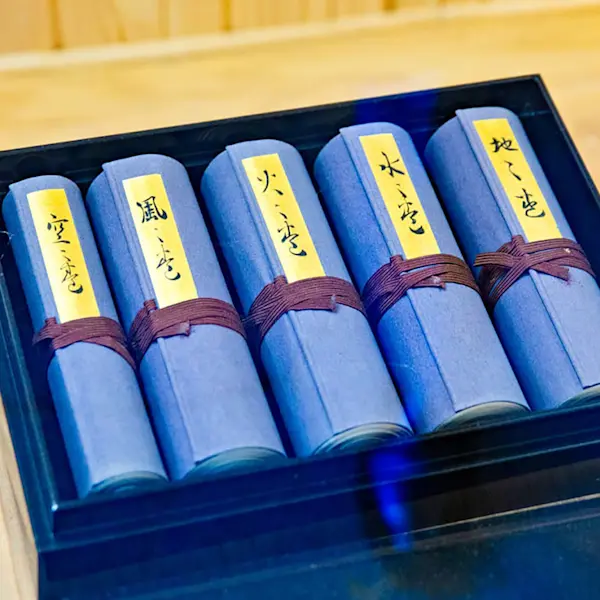 Musashi Miyamoto: Perhaps the Best Samurai Swordsman in Japan
Musashi Miyamoto: Perhaps the Best Samurai Swordsman in Japan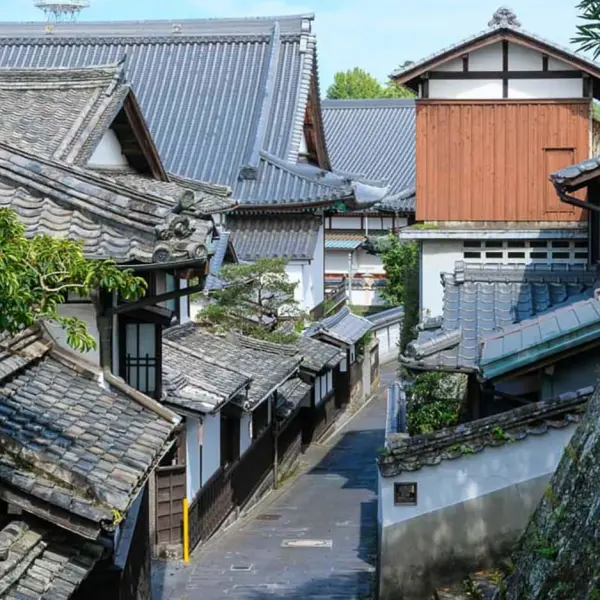 Usuki's Samurai District and Edo Period Castle Town
Usuki's Samurai District and Edo Period Castle Town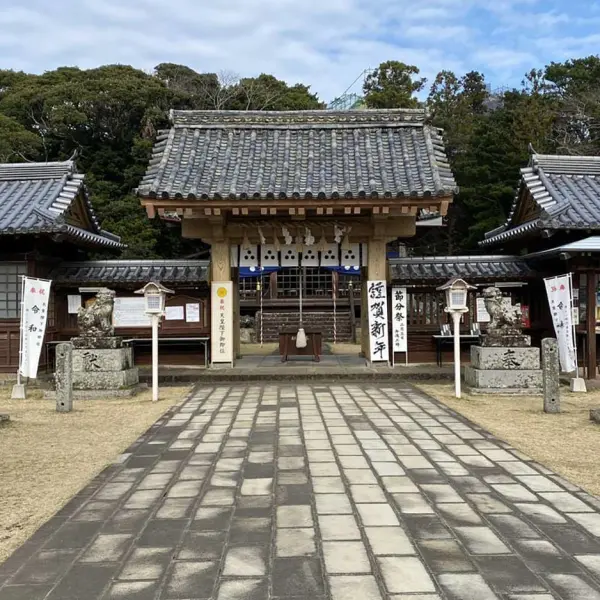 Hirado Matsuura Clan: Over 1,000 Years of History
Hirado Matsuura Clan: Over 1,000 Years of History




